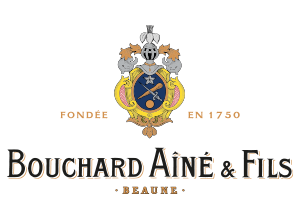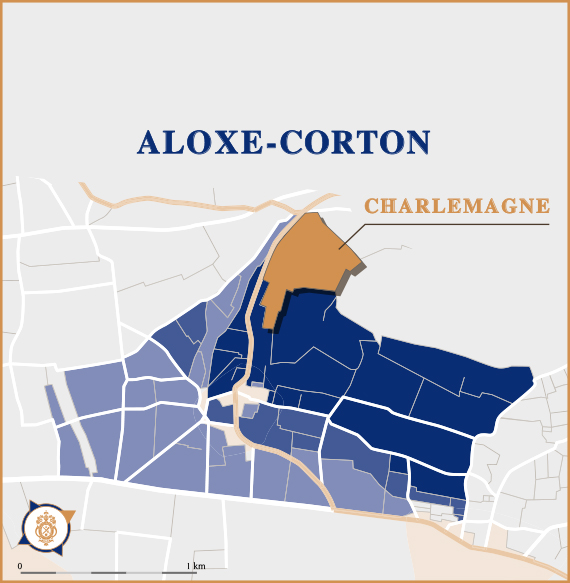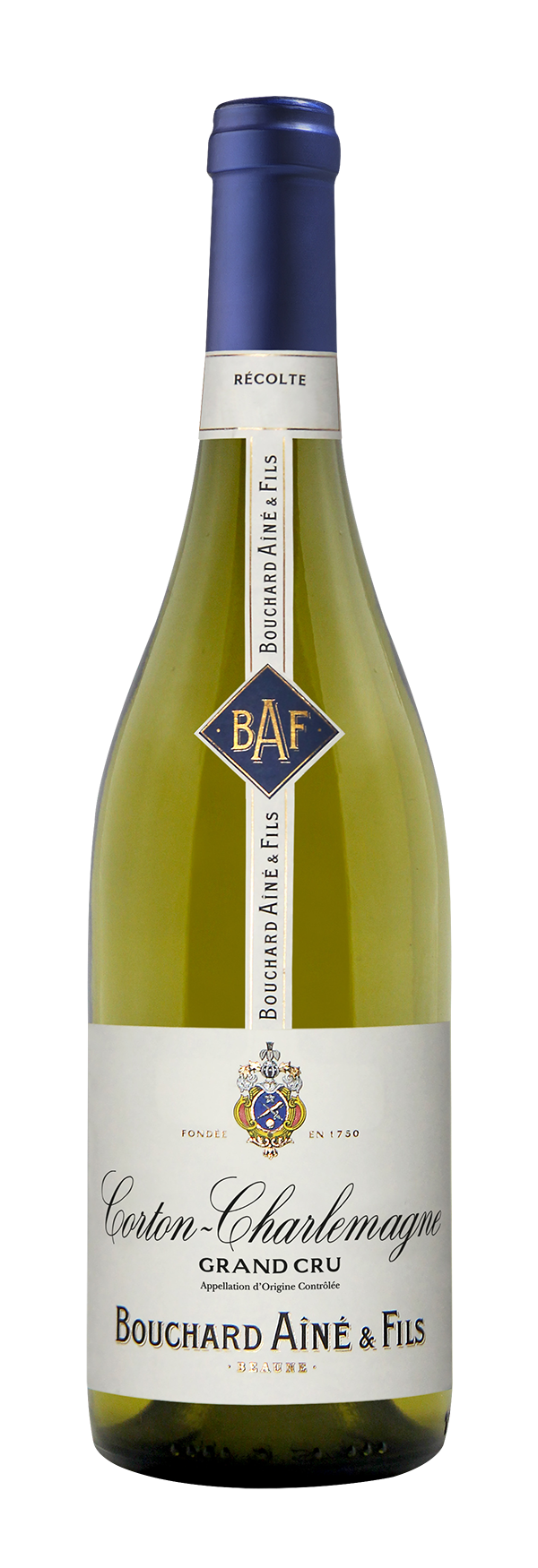CORTON-CHARLEMAGNE
GRAND CRU 2020
CORTON-CHARLEMAGNE
GRAND CRU 2020
Varietal
Tasting notes
Nose: rich and expressive, with notes of fresh nuts, exotic fruits and cinnamon.
Palate: on the palate, fullness and power, we find fresh walnuts, pepper, exotic fruits and amber. A supple, concentrated wine, marked by a good level of acidity which gives it beautiful freshness and good aromatic persistence.
Food and wine pairing
Serving suggestions
Ageing potential
Origins
This vine was offered by Emperor Charlemagne in 775 to the Saint-Andoche collegiate church in Saulieu. It will remain in this heritage for a thousand years. Still celebrating today the emperor with the flowery beard, Corton-Charlemagne brings together the “Charlemagne” and “En Charlemagne” climats as well as some neighboring and federated climats under this banner (the AOC Grand Cru dates from July 31, 1937) .
Vinification and maturing
Vintage : 2020
The current public health crisis has certainly marked this year’s harvest, which nonetheless has been able to go ahead! Despite the year’s record temperatures and lack of rainfall, there is been no lack of quality, although yields are down, with an especially mixed picture with regard to reds. However, these have generally been very well-balanced. Overall, we have seen nice levels of acidity, promising good aging potential…
All over Burgundy, 2020 was notable for its mildness and low rainfall. After a winter with no serious frosts, we went straight into a spring dominated by sunny, dry weather, resulting in very early bud break. Infrequent outbreaks of rain in June and July were not enough to stave off water shortages. Very high summer temperatures combined with intense sun exposure levels led to the vines gradually falling prey to hydric stress, causing delays to fruit ripening before harvest-time.
Once again, the vegetative cycle was shortened, being almost three weeks ahead of 2019’s. Thankfully, the harvest was saved by the relative cool of the nights. The harvest was of marvellous quality but there was very little juice in the red grapes (reduction of 30 to 50%), and reasonable potential alcohol, despite the heat. The whites, on the other hand, coped very well with these extreme conditions and yields were very good.
Relatively poor yields for the reds, normal yields for the whites. Some appellations achieved excellent levels of optimal ripeness, with 50% of grapes harvested with the ‘vendange entière’ (no destemming) approach.
Harvest started on the 21st August for the Côte Chalonnaise, more specifically, the Givry reds and then on the 23rd of August the first Chardonnay grapes were handpicked in the shape of the Beaune Premier cru Les Marconnets.





 PDF file
PDF file